Malawi travel tips
Malawi travel tips: The “Warm Heart of Africa,” boasts stunning landscapes, Lake Malawi’s beauty, diverse wildlife, and vibrant cultural traditions.
Districts 🌎
Malawi travel tips. Here is a list of all the districts of the Malawi.
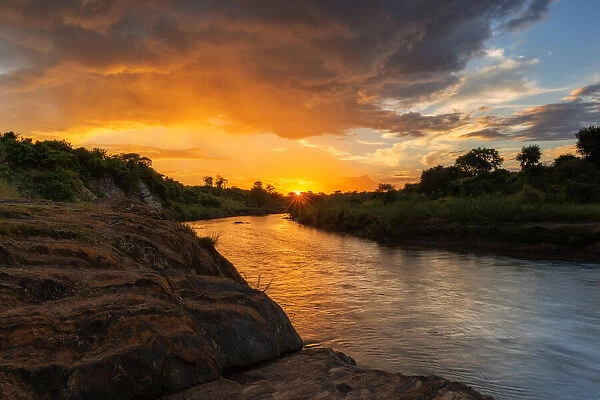
Balaka

Blantyre
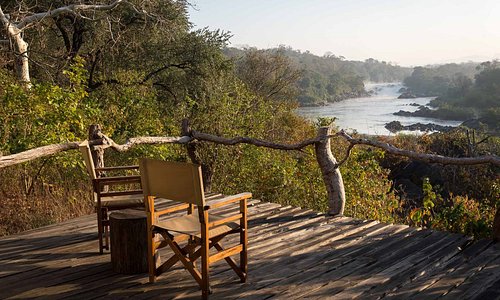
Chikwawa
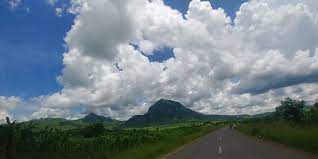
Chiradzulu
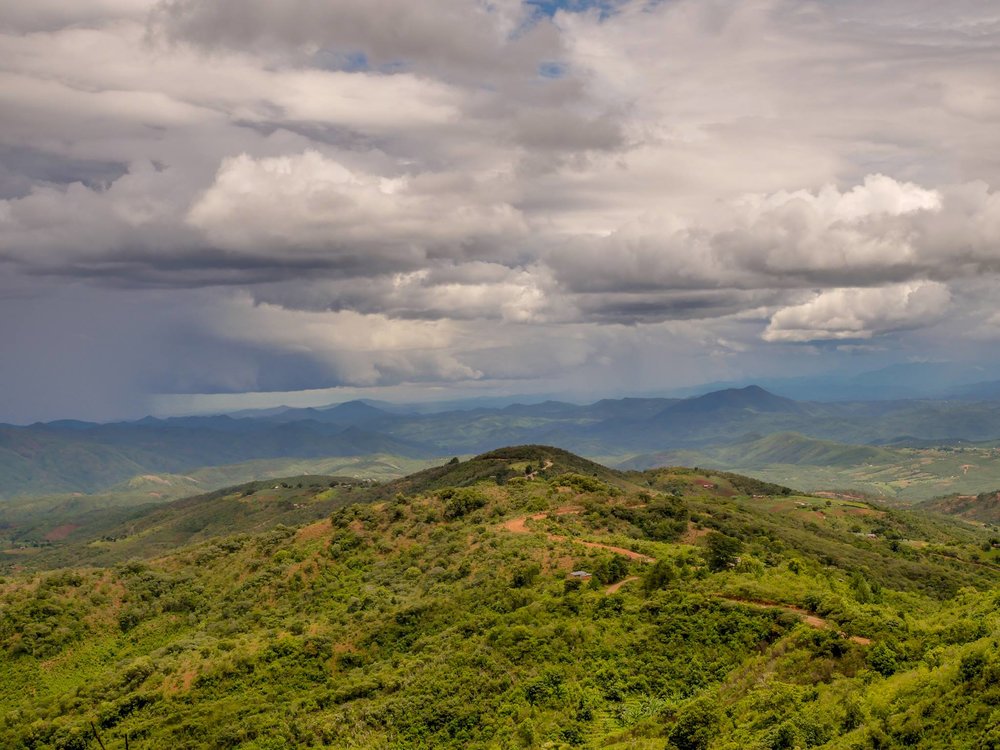
Chitipa
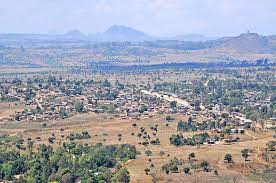
Dedza
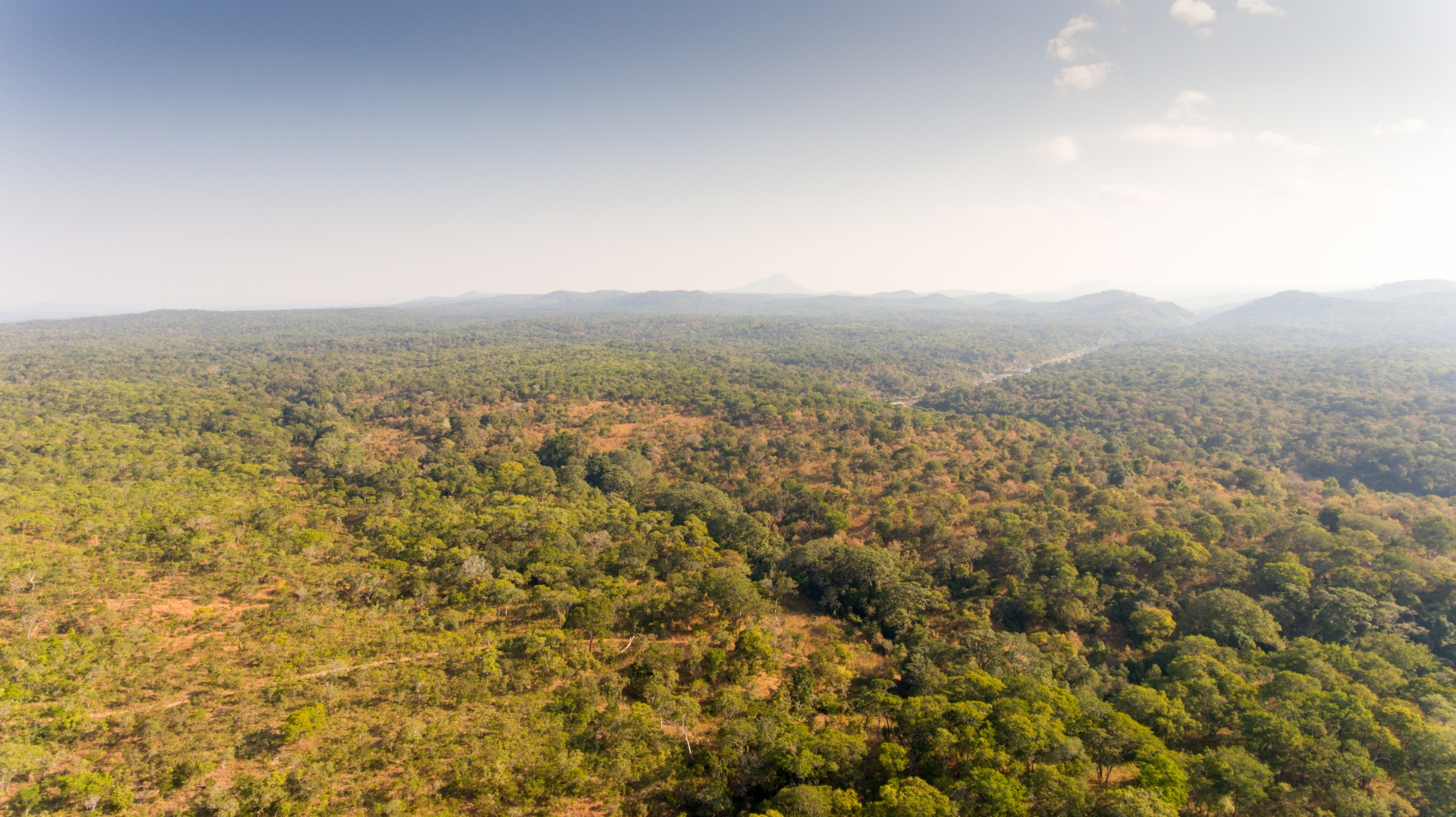
Dowa
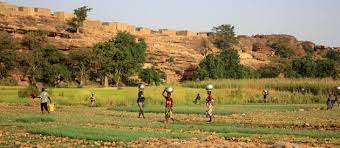
Karonga

Kasungu
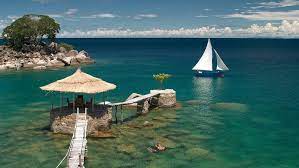
Likoma

Lilongwe
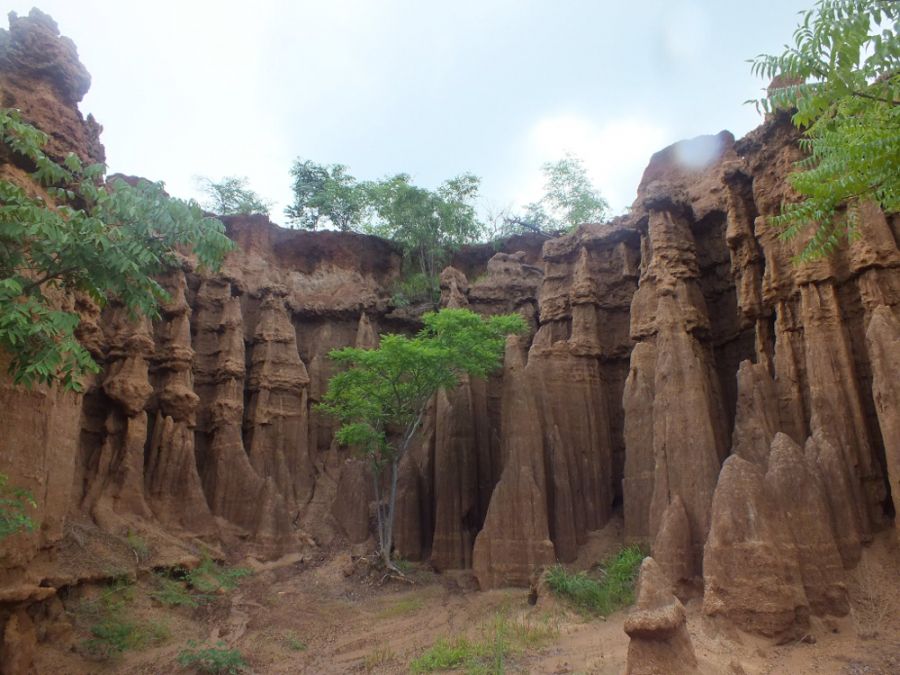
Machinga
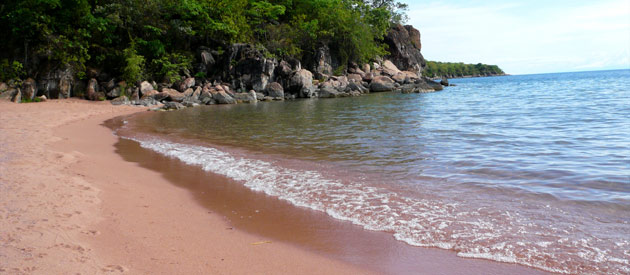
Mangochi
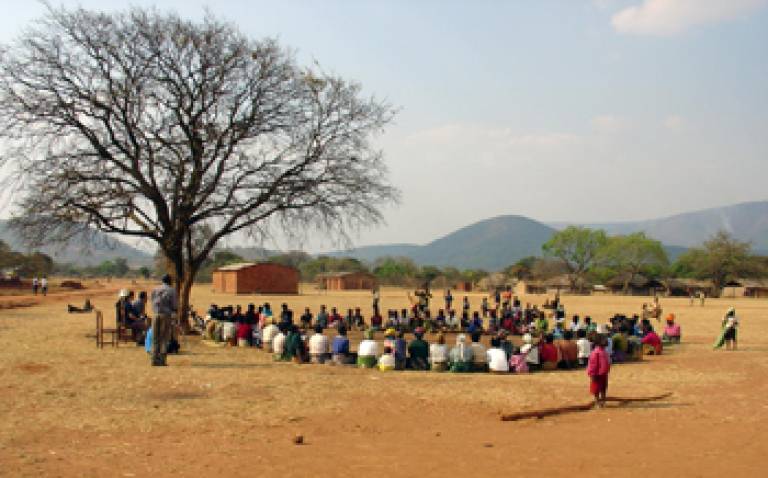
Mchinji
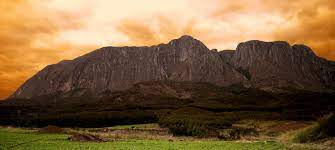
Mulanje

Mwanza

Mzimba

Nkhata Bay
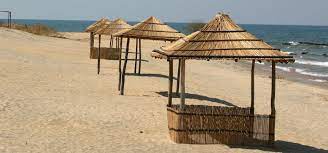
Nkhotakota
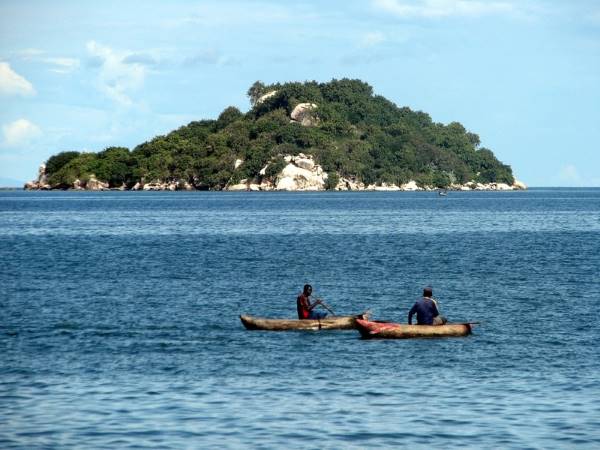
Nsanje
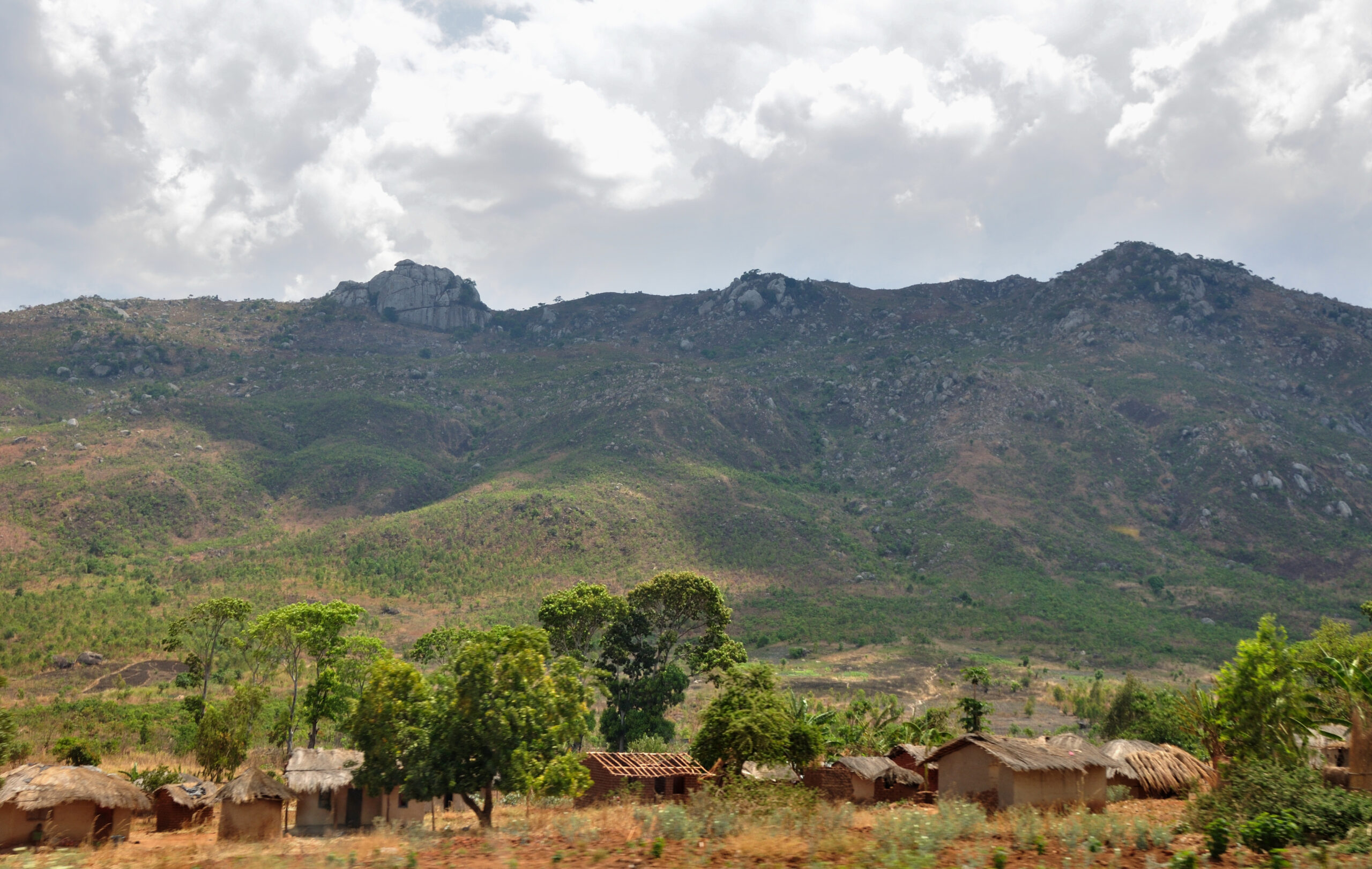
Ntcheu
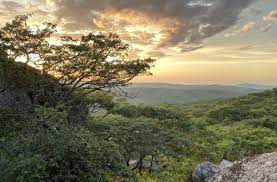
Ntchisi
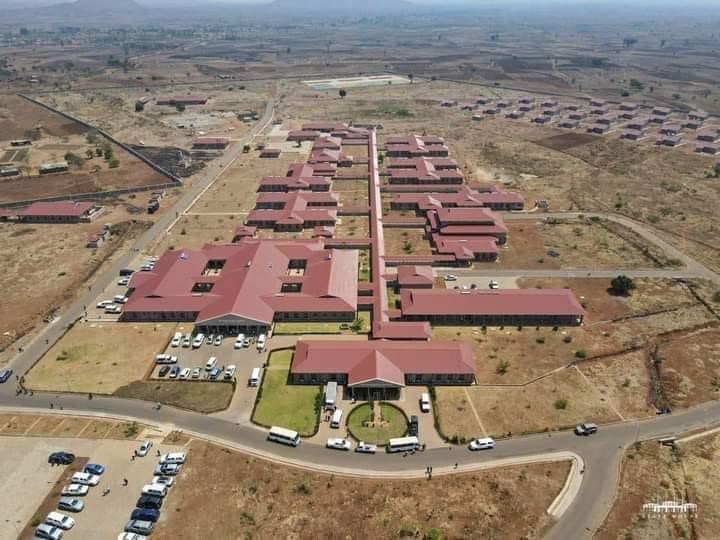
Phalombe
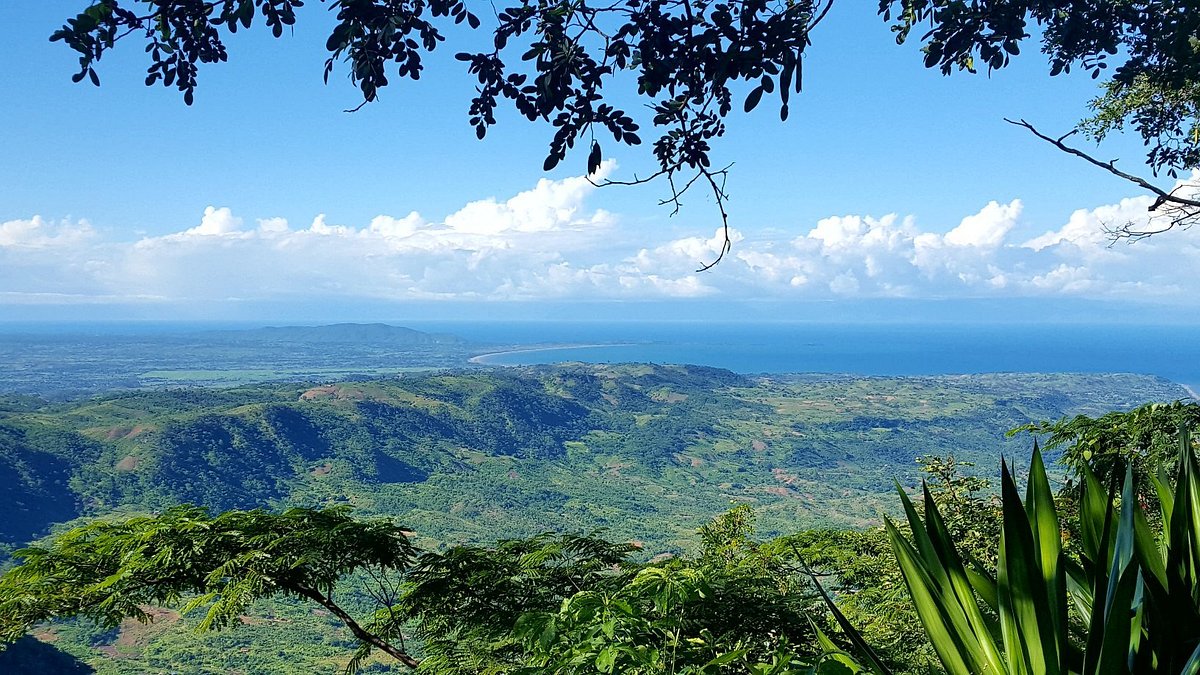
Rumphi

Salima

Thyolo
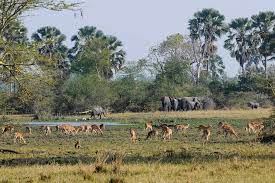
Zomba
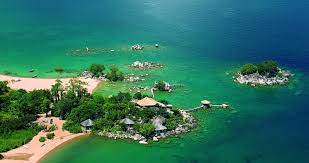
Likoma Island
Before you go 🛩
Important information you should know before your trip
Info

Capital | Lilongwe
Flag Codes:
ISO alpha-2 MW,
ISO alpha-3 MWI
Currency
Badge | Kwacha
CODE | MWK
NUMBER | 454
SYMBOL | MK
FRACTION | tambala
Mobile Coverage
Dialing Code | +265
SIM Card
Coverage | 3G / 4G / 5G |
Mobile Networks | Airtel Mobile | TNM Mobile |
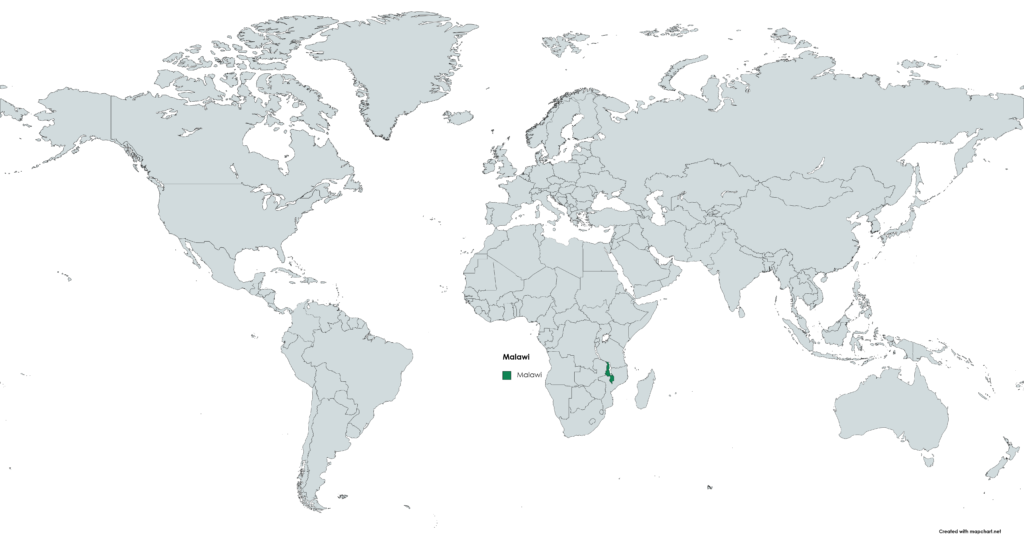
Location
Malawi is a landlocked country located in southeastern Africa. It is situated in the Great Rift Valley of East Africa and is bordered by several countries: Tanzania to the northeast and east. Mozambique to the east, south, and southwest. The eastern border is defined by Lake Malawi, which Malawi shares with Mozambique and Tanzania. Zambia to the northwest and west.
Malawi’s geographical coordinates place it approximately between latitudes 9 degrees and 17 degrees south and longitudes 32 degrees and 36 degrees east. The country’s capital city is Lilongwe, while its largest city is Blantyre. Malawi is known for its scenic landscapes, including the large Lake Malawi, which covers a significant portion of the eastern border and is a prominent feature of the country’s geography.
Currency
The currency of Malawi is the Malawian Kwacha, abbreviated as MWK and represented by the symbol “MK.”
The Malawian Kwacha is further subdivided into 100 tambala.
Please note that currency names and exchange rates can change over time, so it’s a good idea to check with a reliable financial source or a currency exchange service for the most current information if you plan to travel to or conduct financial transactions in Malawi.
Languages
The official languages of Malawi are English and Chichewa (also known as Chewa or Nyanja).
English: English serves as the principal language for government, education, and administration in Malawi. It is used in formal settings and is taught in schools from an early age. It is also the language of the media and business.
Chichewa (Chewa/Nyanja): Chichewa is the most widely spoken indigenous language in Malawi and is often used for everyday communication among the population. It is the first language for many Malawians and is used in informal settings, including at home and in local communities. Chichewa is also taught in schools and used in the media.
Malawi is a linguistically diverse country with several other indigenous languages spoken across different regions. However, Chichewa and English are the most prominent and widely used languages, helping to facilitate communication between different ethnic and linguistic groups within the country.
Climate 🌡
Malawi experiences a diverse range of climates due to its varying topography and geography, which includes high plateaus, mountains, and the large expanse of Lake Malawi. The climate in Malawi can be broadly categorized into three main zones:
Tropical Wet and Dry Climate (Tropical Savannah Climate):
This climate zone covers the northern and central regions of Malawi.
It has distinct wet and dry seasons.
Wet Season: Typically occurs from November to April during the southern hemisphere’s summer. This period brings heavy rainfall, with the highest amounts in January and February.
Dry Season: Runs from May to October and is characterized by lower rainfall and cooler temperatures. This is the best time for wildlife viewing and outdoor activities.
Tropical Humid Climate (Tropical Rainforest Climate):
This climate zone is found in the southernmost parts of Malawi, along the shores of Lake Malawi.
It experiences higher rainfall throughout the year, with the highest precipitation occurring from November to March.
This region benefits from the moderating influence of Lake Malawi, which helps regulate temperatures and humidity levels.
Subtropical Highland Climate:
This climate zone is found in the highland areas of Malawi, including places like Mulanje and Zomba Plateaus.
It has a more temperate climate compared to the low-lying areas of the country.
Temperatures are generally milder, and frost can occur at higher elevations during the dry season.
Rainfall is more evenly distributed throughout the year.
Malawi travel tips
If you’re planning a trip to Malawi, here are some travel tips to enhance your experience:
Visa Requirements:
Check the visa requirements for your nationality before traveling to Malawi. Most visitors can obtain a visa on arrival, but it’s essential to confirm the latest regulations.
Health Precautions:
Consult your doctor regarding vaccinations and health precautions before traveling to Malawi. Malaria is prevalent, so take appropriate antimalarial medication and use mosquito repellent.
Local Cuisine:
Try the local dishes, such as nsima (maize porridge), chambo (fish), and local fruits. Malawi offers a variety of tasty and unique foods.
Respect Local Customs:
Malawi is a conservative country, and it’s important to respect local customs and traditions. Dress modestly, especially in rural areas and religious sites.
Transportation:
Malawi has a network of buses, minibusses, and taxis. Public transportation may not be as reliable as in some other countries, so plan your travels accordingly. Domestic flights are also available. View Guide.
Wildlife and Nature:
Malawi is home to stunning wildlife and landscapes. Consider visiting national parks like Liwonde and Nyika for a chance to see diverse flora and fauna.
Festivals and Events:
Check the local calendar for festivals and events happening during your visit. The Malawi International Tourism Expo and Lake of Stars Festival are popular annual events.
Enjoy your time in Malawi!

The best of the best
Malawian cuisine is diverse and is influenced by the country’s agricultural practices and cultural traditions. The diet in Malawi primarily consists of staple foods, vegetables, and various proteins.
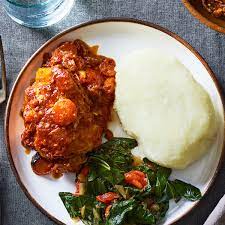
Nsima
Nsima is the most staple food in Malawi and is similar to a stiff porridge or dough made from maize (corn) flour and water.
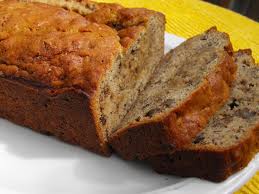
Nthochi
Nthochi is a traditional dish made from groundnuts (peanuts). It can be prepared as a sauce or stew and is often served with nsima.

Kachumbari
Kachumbari is a salad made with diced tomatoes, onions, and sometimes green peppers.
Here are some typical foods and dishes commonly found in Malawi:
Mbatata: Mbatata is the local term for sweet potatoes, which are a common and versatile ingredient in Malawian cuisine. Sweet potatoes can be roasted, boiled, or mashed and are often eaten as a side dish or snack.
Phala: Phala is a porridge made from maize flour and water, similar to nsima but with a thinner consistency. It is sometimes sweetened with sugar and eaten as a breakfast dish.
Mtedza: Mtedza are roasted peanuts or groundnuts, often seasoned with salt and spices. They are a popular snack in Malawi.
Chambo (Fish) with Tomato Sauce: Grilled or fried chambo fish served with a tomato-based sauce is a common and delicious Malawian dish.
Nyama: Nyama means meat, and various types of meat are consumed in Malawi, including beef, goat, and chicken. Grilled or stewed meat dishes are enjoyed by many.
Zitumbuwa: Zitumbuwa are fried or baked banana fritters. They are a popular snack or dessert in Malawi.
Masamba: Masamba is a dish made from cassava leaves cooked with groundnuts, similar to a stew or relish.
Malawi’s cuisine reflects its reliance on agriculture and the availability of locally grown ingredients. The combination of nsima or phala with relishes, vegetables, and protein sources forms the basis of many Malawian meals, and the cuisine showcases the country’s rich culinary traditions.
Transportation 🚥
More information about this country
Choose your destination 📍🗺
Useful Links ✅



